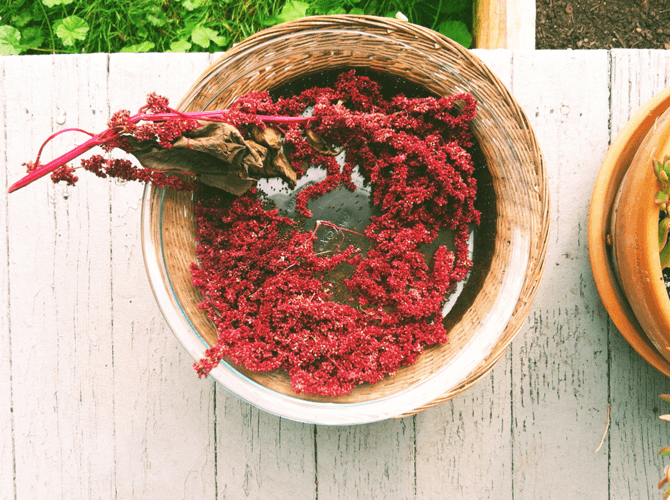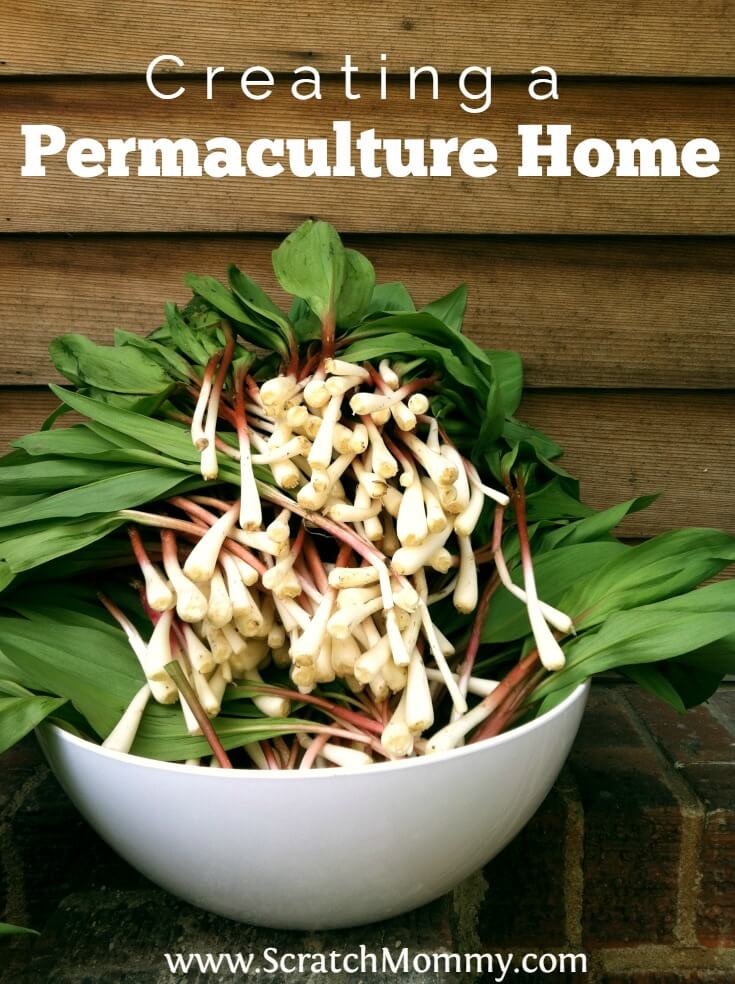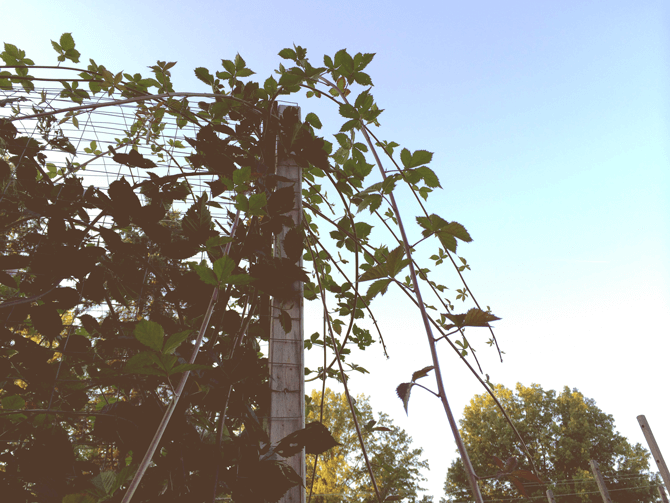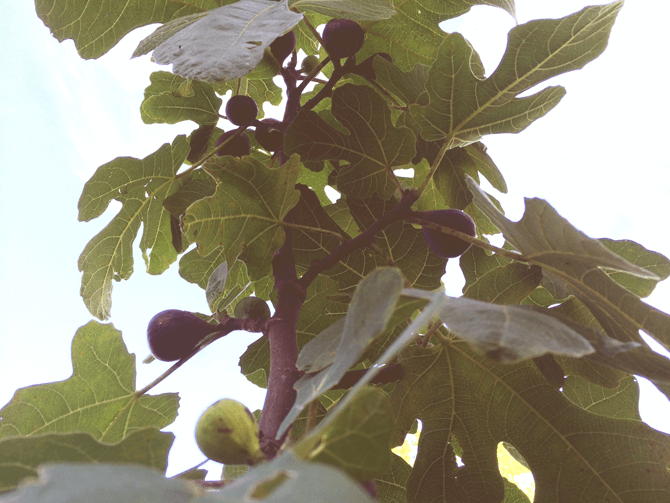I first learned about permaculture about 10 years ago when I made a trip out to Bohdi Creek Farm, a Permaculture site in Washington State, near the North Cascades. Our friends Alan and Tricia introduced my husband Andrew and I to this way of living, and with us being very logic and solution-based by nature, the principles of permaculture really resonated with us. My husband also hates weeding, so it makes sense that he would love a method that’s built on the premise of the least amount of energy input for the maximum yield and greatest effect!
One of the main principles of permaculture is the idea of self-sufficiency. You don’t have to have tons of land or an established food forest to start THINKING in the way of permaculture. You’d be surprised by the little ways you can adjust your life to be more self-sufficient and sustainable, which manifests into creating a permaculture home.
When it comes to self-sufficiency, there are many aspects this idea can be applied to, from food, water and energy to even community and finances. Since we are focusing on small ways of introducing permaculture, see which ones make the most sense for your situation. You probably won’t be able to achieve them all, but any small steps taken now are steps towards achieving the bigger picture. And maybe your goal isn’t to be completely self-sufficient, these are still great ways to live a healthier, sustainable and more eco-conscious life.
Food
This is usually one of the first places people start when considering permaculture since it’s as simple as growing your own. One of the great things about the principles of permaculture is that they scale. Again, you don’t have to have acres and acres or a food forest. The principles work with whatever space you are working with. Only have a window in your home, balcony, or porch to dedicate to growing food? You can absolutely still practice permaculture.
The guiding principle of the permaculture garden it to mimic nature as much as possible. So this means, even if you’re just growing plants in a small window box, ask yourself, in what ways can I make this little ecosystem in my window mimic nature? Obviously, you would want to grow things that are suitable to the lighting conditions, but other things to consider:
- what items can I plant together that would be beneficial to one another?
- how can I position certain plants to provide better growing conditions for another plant?
- how can I draw in the wildlife that I need (pollinators), but keep away the ones I don’t want?
- what ways can I catch and store energy?
One of the things to remember when working in any aspect of permaculture is that every element has inherent characteristics, needs, inputs and outputs; and can be looked at in many ways. In the garden, for example, plants have multiple uses: Marigolds are ornamental but also help deter pests, peppermint is edible, fragrant and also another plant that offers pest control. So use this thinking when planning your space
Also, most home gardeners are used to planting mainly annuals, but permaculture is about least amount of energy for maximum yield and perennials are the gift that keeps on giving! I live in Zone 5, so the list of perennials that can withstand our winters is not as long. But some things we’ve had success with: kale (not necessarily a perennial, but cool-hardy enough to grow year round with the right protection), amaranth, cilantro, lavender, wild leeks (ramps), figs and berries of course!
Crystal Stevens, from La Vista CSA Farm, suggests another great way of utilizing the permaculture mind-set, even if garden space isn’t an option: Eat what is in season, shop organic, non-gmo, fair-trade and local food sources; support local CSA farms. And a big one: Cut out processed foods.
Energy
Harvesting energy to power your home most likely isn’t doable on a small scale, however thing like saving energy and electricity by turning off the lights and unplugging appliances when not in use, most definitely is. Harvesting rainwater to water your garden is also another permaculture tactic that is easily employed at home. There are a ton of rain barrels or downspout converters out there in the market.
Another great tip that is definitely in line with the permaculture principle of each element performing multiple functions: keep a bucket in your shower and use the excess run off water to flush your toilet, if you use biodegradable soap, you can even use it to water your plants.
Permaculture is such a vast area of study and so interesting to explore. I would highly recommend the book Introduction to Permaculture by Bill Mollison, one of the founding fathers of Permaculture. I just barely scratched the surface here and would love to hear any small scale permaculture tips or tricks you’ve learned along the way!






Comments 1
I’ve replaced our entire lawn with fruit trees & shrubs, herbs, and edible weeds. (OK, those planted themselves, but I encourage most of them.) While others are wasting their time mowing, I’m out picking whatever’s in season. Permaculture yards are great for people and the planet!